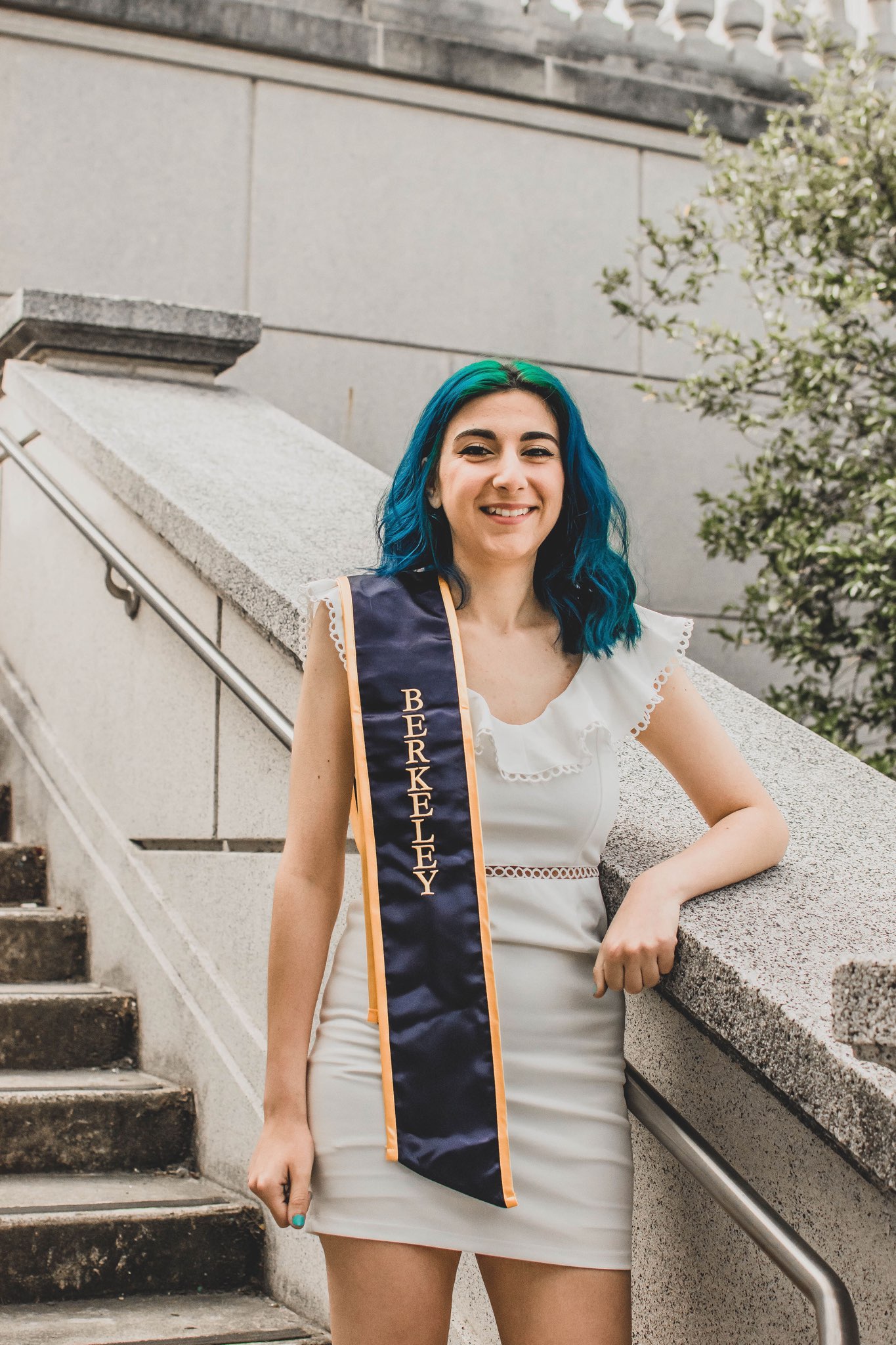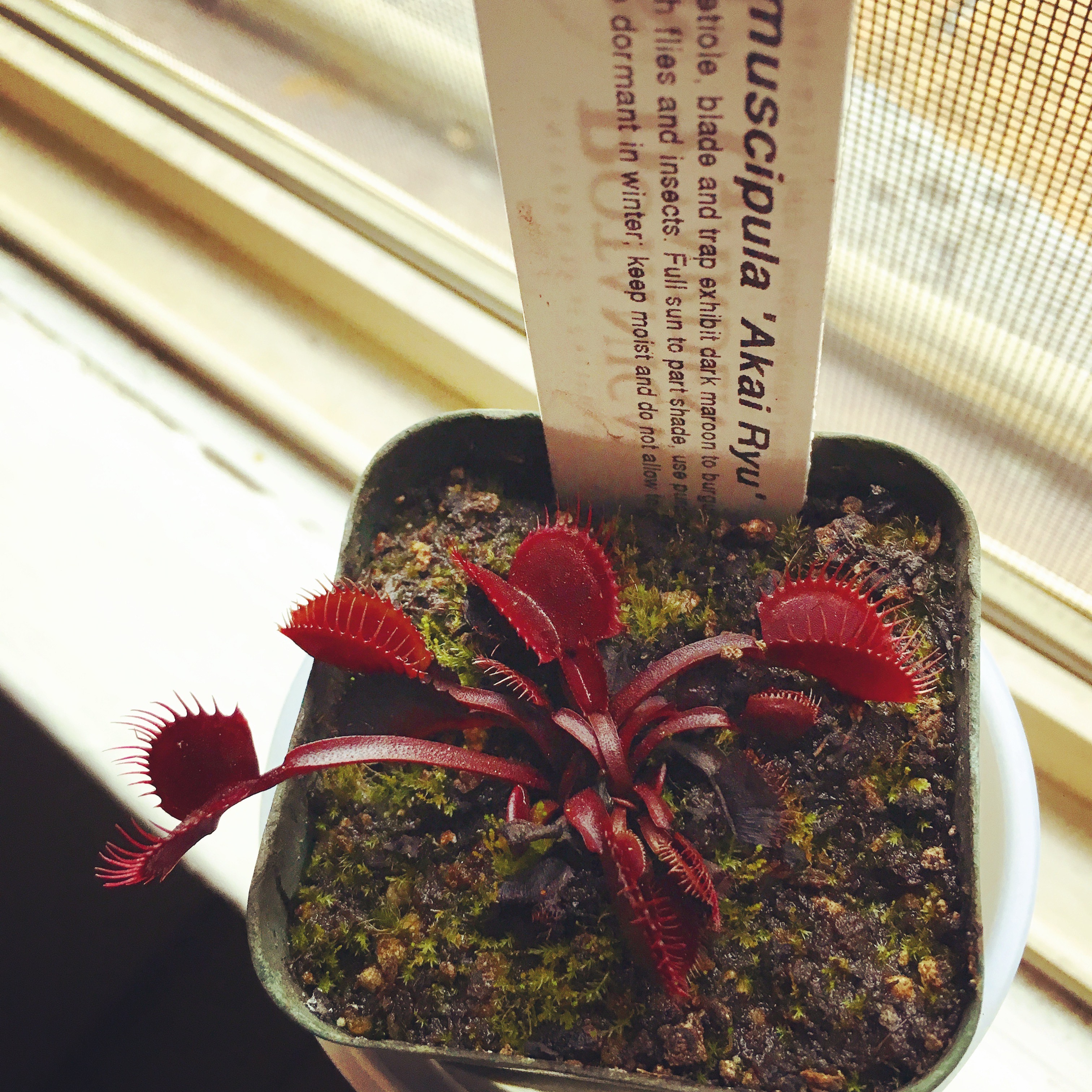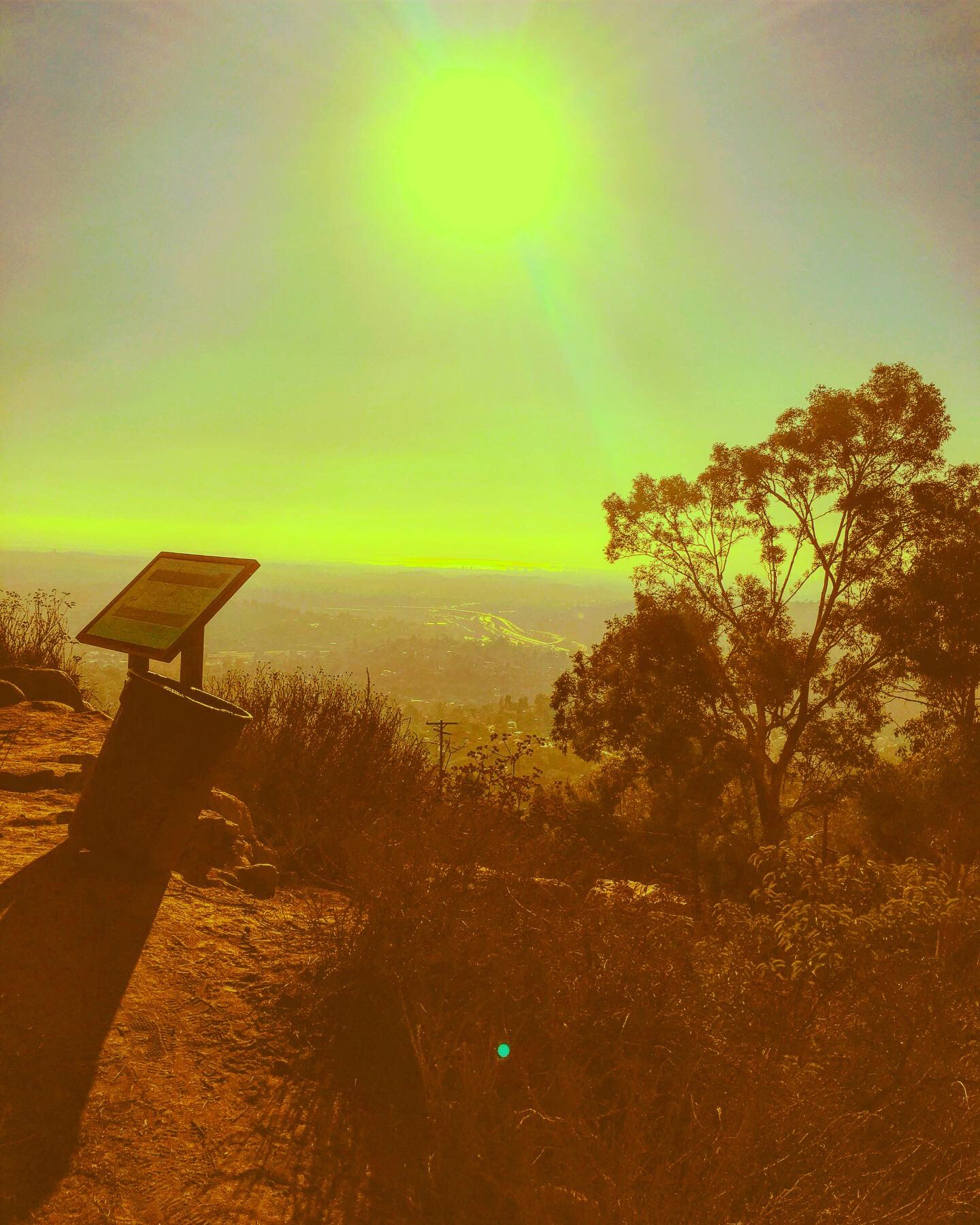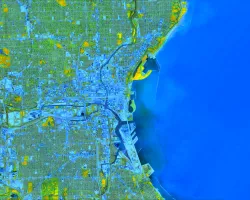NASA Capacity Building program area intern, mathematics student at Cuyamaca College
The Capacity Building program area is excited to introduce our team of five interns who have been working with us since last fall and will continue this spring. They are working with the Program to build their technical and professional skill sets while bringing their enthusiasm and new ideas to the program. Each of our interns created their own feature profiles, which we will be sharing over the next few weeks. Keep reading to learn more about Monica Namo and her role on the intern team.
Why NASA?
NASA has always been an organization I knew about but never thought I’d have the chance to work at. However, my second semester back into community college, my physics professor alerted us that NASA was promoting a program called the NASA Community College Aerospace Scholars (NCAS) program, which allowed students to take a month and a half online course with an end project/essay assignment. After this initial phase, students who passed the assignments and did well on the final project had the opportunity to fly to a NASA center to compete in a Mars Rover competition alongside other NASA scholars.
I immediately applied. After two weeks, I got into the program, went through the process, and got to fly to NASA's Johnson Space Center in Houston, Texas. After that onsite experience, I knew it was possible for nontraditional students like me to work at NASA.
Learning from other students’ experiences and getting to know their struggles encouraged me further because it showed me that everyone can learn and grow in the STEM field no matter who you are. I found that extremely inspiring. After having spent a week at the Johnson Space Center, I realized that I aspire to have a full-time career at NASA. This feeling has grown even stronger since having the amazing opportunity to work as an intern for the Capacity Building program area at NASA’s Langley Research Center in Hampton, Va.
How do you help Capacity Building?
Our goal during the fall 2020 term was to create a remote sensing training geared towards encouraging youth to learn more about what remote sensing is and how these tools, methods and skills can help bridge environmental gaps throughout urban communities around the United States. Our tasks took part in four phases: research, development, implementation and post-training analysis. Some of my tasks included research and writing two white papers about Earth observations and data collections/analysis and open-source tools/methods to use in the training. I also helped develop the layout of the agenda, PowerPoints and webinars, question forms and design templates of resources and career outlooks for students to consider after the training.
What makes you tick?
For both the professional paths I’ve chosen to pursue and my hobbies, it’s being able to continue to learn, grow and make an impact and give back using my skills and knowledge. Picking up different skill sets allows me to be adaptable in my work. This allows me to enjoy many of my tasks and bring more to the table. Moreover, my growth mindset and ability to constantly learn is what makes me passionate about the work I do every day.
What is a normal day as a NASA intern?
My normal day as a NASA intern is getting up around 6 a.m. to get ready to start work at 7 a.m. I chose this schedule during the fall 2020 term because I had other priorities such as full-time school and a part-time job at my community college. I always start my days with a simple morning routine of basic skin care and coffee, and I never miss a day of drinking my delicious, warm Trader Joe’s medium roast. After that, I start my work and finish tasks that are assigned to me and continue throughout the day to be productive while working and studying in a remote setting. I typically end my NASA work around 2 p.m.
How did you get interested in the program?
While I was choosing which internships I’d be interested in applying for, the Capacity Building program support internship intrigued me because it mentioned topics that I’d definitely be interested in researching and working on such as GIS skills, data analytics, design and communications. While researching what the organization worked on, many of their remote sensing trainings and DEVELOP projects really stood out to me because I’ve had some experiences with remote sensing from a social science perspective.
What’s your favorite part of the job so far?
Having the ability to work on materials and tasks that are geared towards helping provide students with resources, materials and skills on STEM-related concepts, while also being able to take on a mentorship role with them. I thoroughly enjoyed the project because it provided a great impact and starting point to help students in the future participate in more STEM roles and form connections with NASA.
Are there any unique experiences you’ve had because of it?
Some of the unique aspects of this internship are the emphasis on personality traits and how to effectively work with others and navigate situations when personality types aren’t the most adhesive between individuals. I found that the focus on professional development was equally as important as building the technical skills required at most NASA jobs. Being intentional and communicative with your mentors and coworkers is very helpful both short- and long-term to deliver successful projects, including the remote sensing training project we accomplished at the end of our fall 2020 term.
Where do you go from here?
I will continue working with this team for the spring 2021 term. I look forward to continuing to grow this project and reaching out to different organizations to make remote sensing and geospatial analysis more accessible to a younger audience. After this internship, I also look forward to taking on additional NASA internships that are focused on Earth observation research positions.
What do your friends have to say?
After telling my close friends that I was going to intern at NASA, they were all enthusiastic and happy that I was finally getting an internship opportunity — especially at NASA. Before the internship, a few people told me my academic and career endeavors in pursuing a second bachelor's degree was risky and very long. However, I knew that if I wanted a career in mathematics the only option was to continue getting another degree. This was something I fully accept and very much enjoy because of my love of learning.
What are your goals?
My short-term goals are to obtain a bachelor’s degree in mathematics and with that, I will have many opportunities to pursue technical positions, whether at NASA or other Aerospace companies. I will also have the credentials to pursue a graduate PhD program in math. My long-term goals are: working as a mathematics professor conducting research at university, working in research either in Berkeley Lab or NASA, and overall contributing to the scientific community through research and mentorship.
What are your hobbies?
Some of my hobbies include digital design, watching TV shows, listening to music and learning how to be creative even when pursuing a technical career path. I place equal importance on both technical capabilities and creativity. Lastly, I also enjoy going outdoors into nature and viewing the city of San Diego from up high, and occasionally collecting indoor plants. (The purple Venus flytrap was my first plant pet!)
What motivates you?
What motivates me to keep going on my current route is that — with the privilege I have in being able to take advantage of many resources, scholarships and other opportunities — I also see how others can persist through very difficult situations while also pursuing a STEM route. This allows me to have a better perspective that it is very possible for me to reach my goals even with some of the barriers I faced or will face. Many people have different stories and reasons for why they switch careers, so I am not unique and for my situation, I have no excuses (besides financial abilities) to keep pushing to reach the goals that I want to succeed through, even when things don’t go my way.
What inspires you?
What inspires me is that there is space for anyone to pursue STEM. If you are passionate and work hard, you will see many opportunities and chances to get to where you want to be in your STEM career. A person who influences me a lot is an Iraqi woman named Diana Al Sindy. Her science communication account on Instagram, @thearabianstargazer, really amazes me to see how so many people from the Middle East and North Africa region are interested in her ability to communicate science. The route she has taken to get to her position as a rocket propulsion engineer is also inspiring. When I followed her account early on, I was so ecstatic to see someone who is Iraqi working in positions at NASA, Virgin Orbit, and other aerospace companies. Individuals like her inspire me to continue working hard knowing that even when I feel a lack of confidence, imposter syndrome or just exhausted, the work I put in now will mean a lot in the future when I reach my goals.
What is a major challenge you’ve overcome?
A major challenge that I continue to overcome is building my confidence. I found it difficult to overcome making self-deprecating comments when I get frustrated or to let my confidence shine through during interviews. Even communicating with my peers can be difficult because I have internalized a negative self-perspective for a very long time. I grew up without anyone to look up to and not many adults believed in my capabilities, so it made it harder to see my self-worth. But as I continue to grow and learn from others while also appreciating my skills and my honesty about myself, I’ve gotten better in learning how to be more confident — and to lift the confidence of others as well.
What is your dream job?
My dream job is to be able to work at NASA in the mission control department managing space crafts like the International Space Station. I found this job to be very thrilling and fascinating after my trip to the Johnson Space Center during my NCAS onsite. A few peers and I shared the same love and hopefulness in one day working all together in the mission control room.






